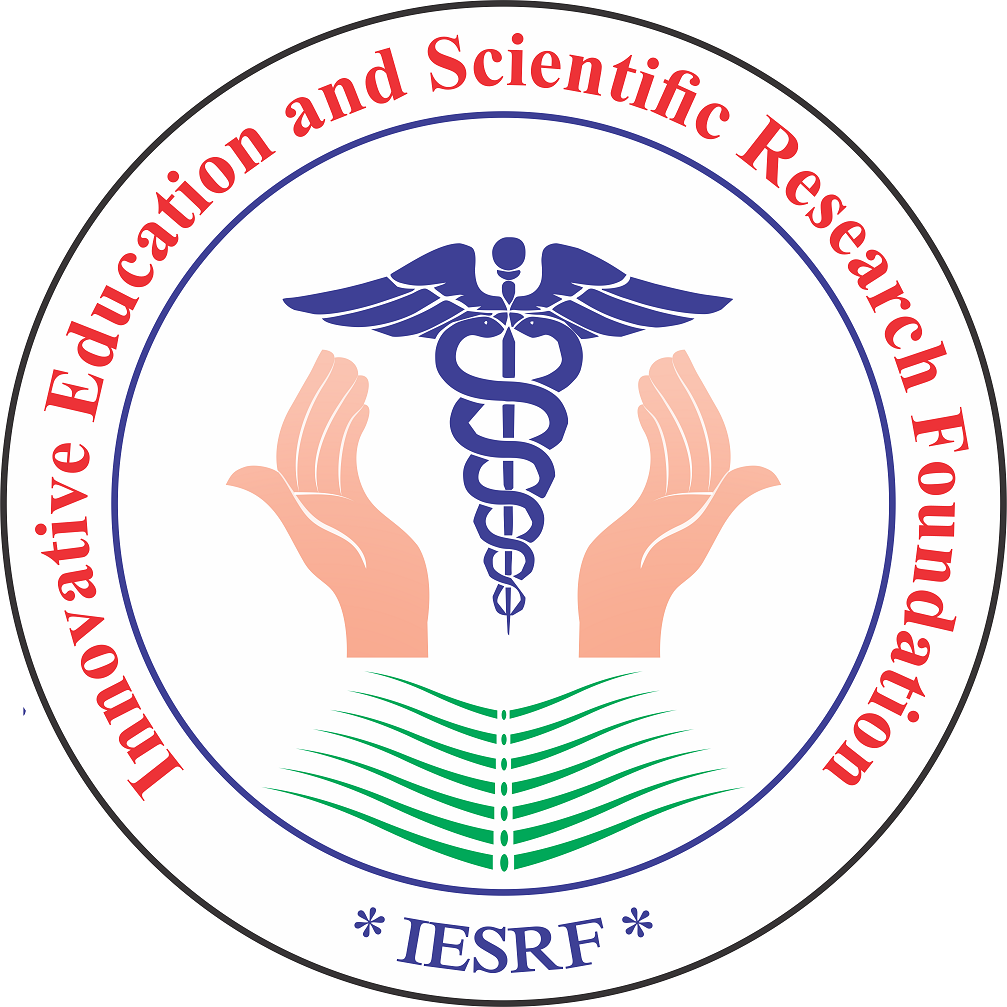Background: Healthcare professionals commonly sustain occupational injuries from needles and other sharp objects. Needle stick injuries raise the risk of contracting infections from different blood borne pathogens such as HIV, Hepatitis B and C and others. The aim of the present study was to ascertain the prevalence of needle stick injuries among different healthcare professionals.
Materials and Methods: This cross-sectional study was conducted from January 2020 to June 2022 in a tertiary care hospital of New Delhi. According to 2018 NACO guidelines, exposure to needle stick injury has been classified into mild (Exposure code 1), moderate (EC 2) and severe (EC 3).
Results: In this study, prevalence of Needle stick injury (NSI) was 1.02%. Among the exposed healthcare workers, doctors (62.5%) had the maximum exposure of needle stick injuries. 85.12% of exposed healthcare workers sustained mild type of NSI (EC 1) and the most common site of injury was finger (83.33%). Healthcare workers working in the casualty & ICUs had the maximum exposure of NSI (47.02%). Most of the injuries occurred during collection of blood samples (42.86%).
Conclusion: Prevalence of NSI is reported low in our study which can be attributed to the standard precautions followed in the hospital. Healthcare workers are regularly trained for careful handling of needles and sharps and disposal of biomedical waste. Early reporting and timely initiation of Post Exposure Prophylaxis is the key to occupational safety of HCW from NSI.
Keywords: Needle stick injury, Healthcare workers, Occupational injuries, Blood-borne diseases.
